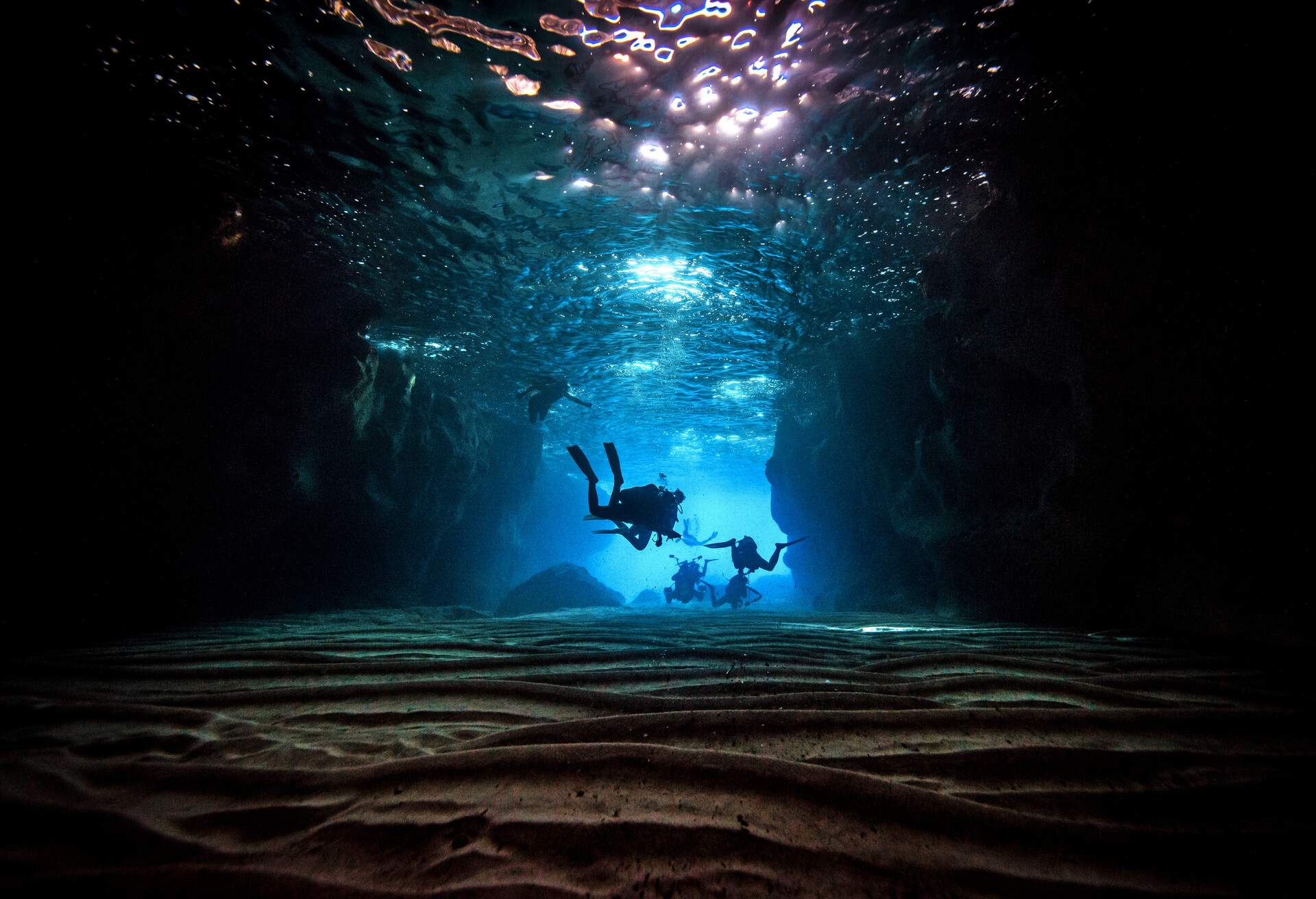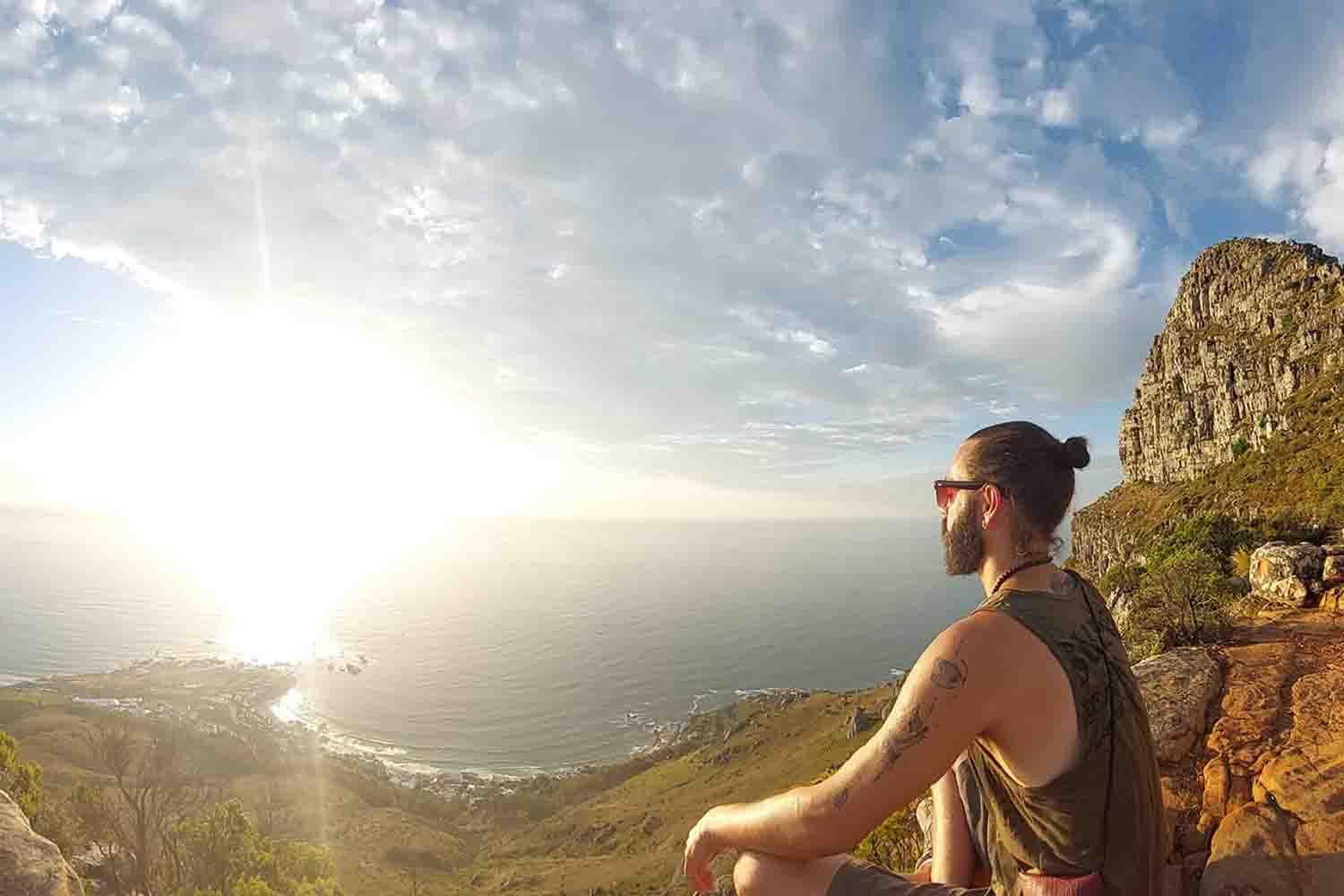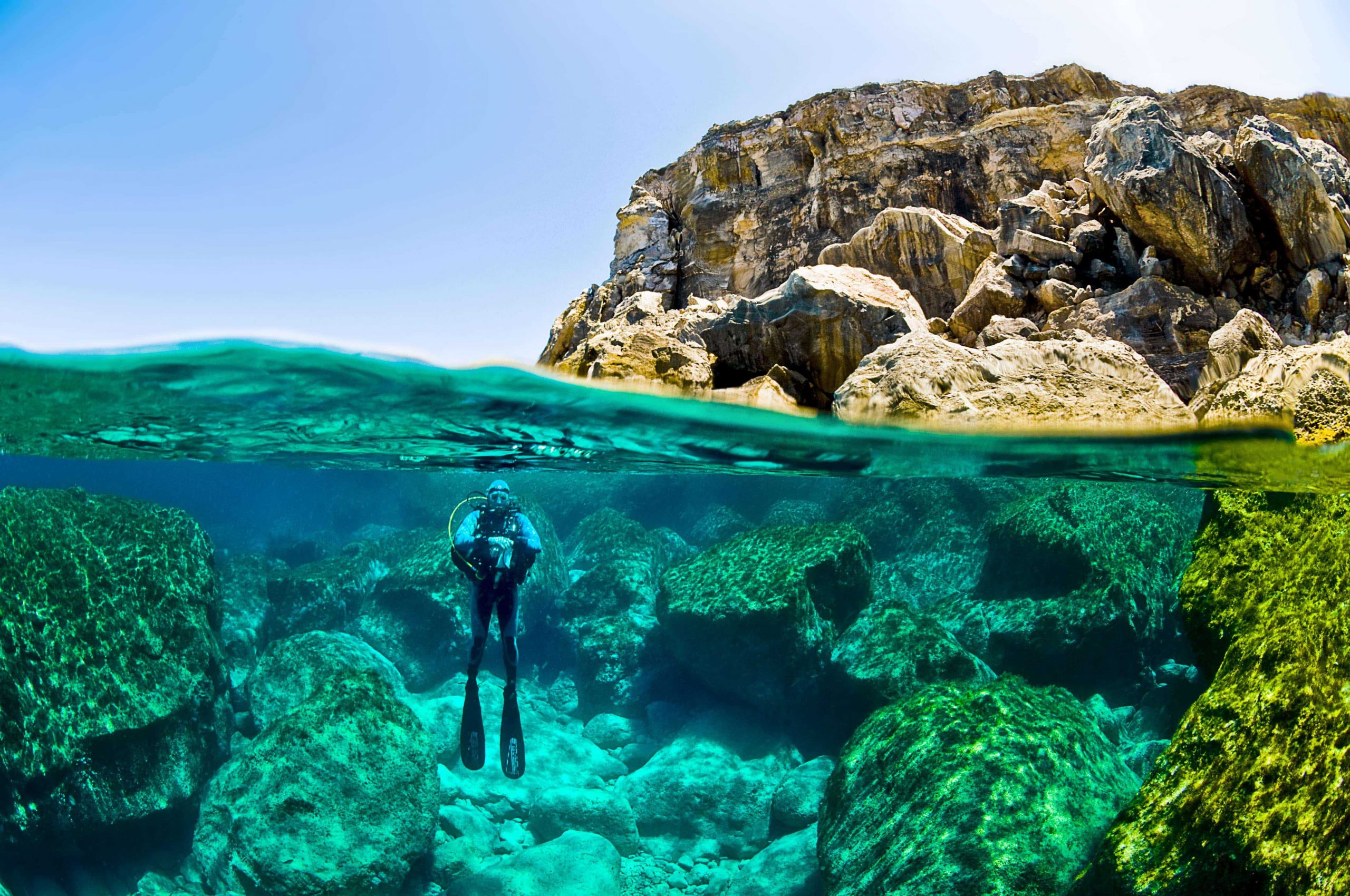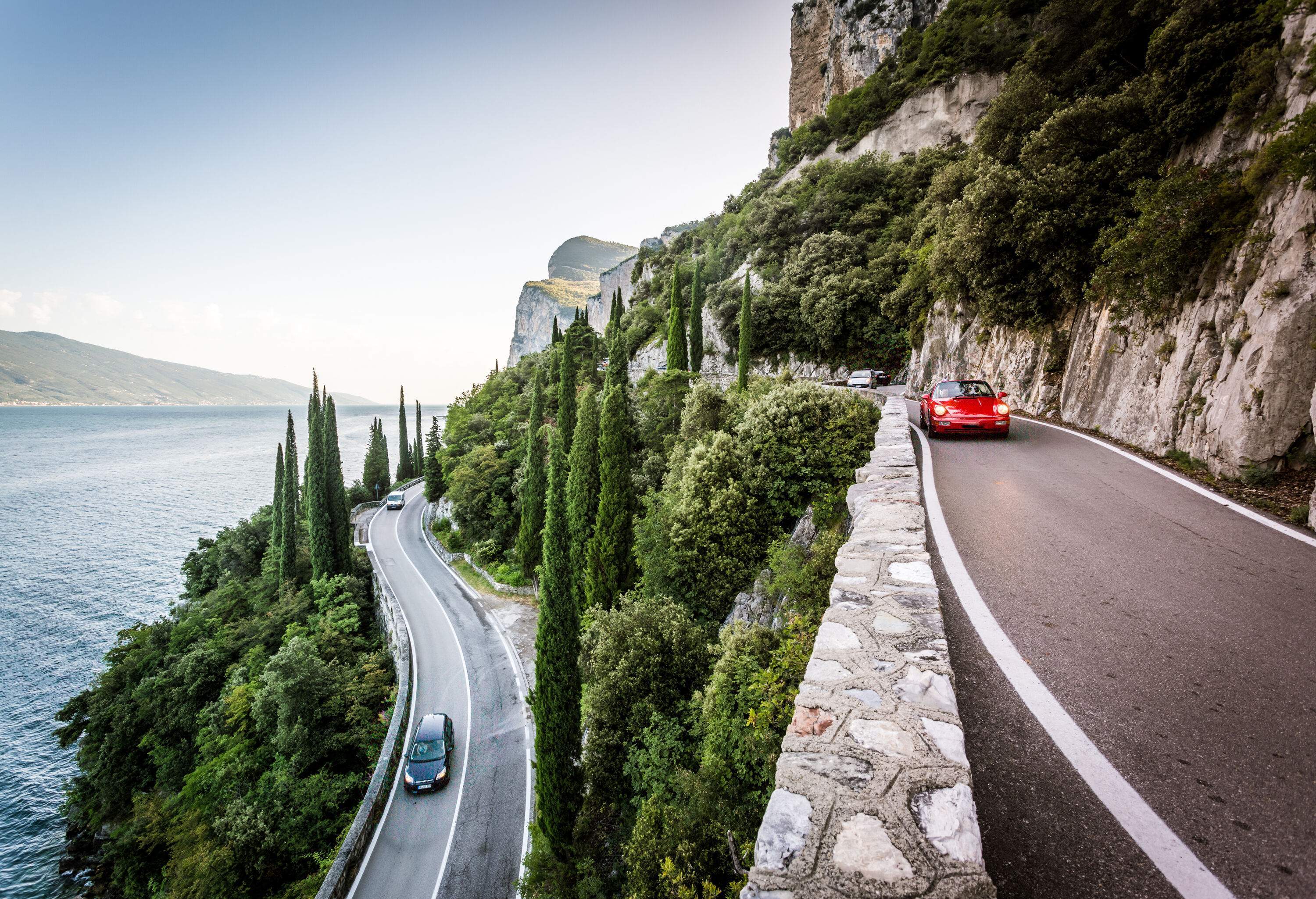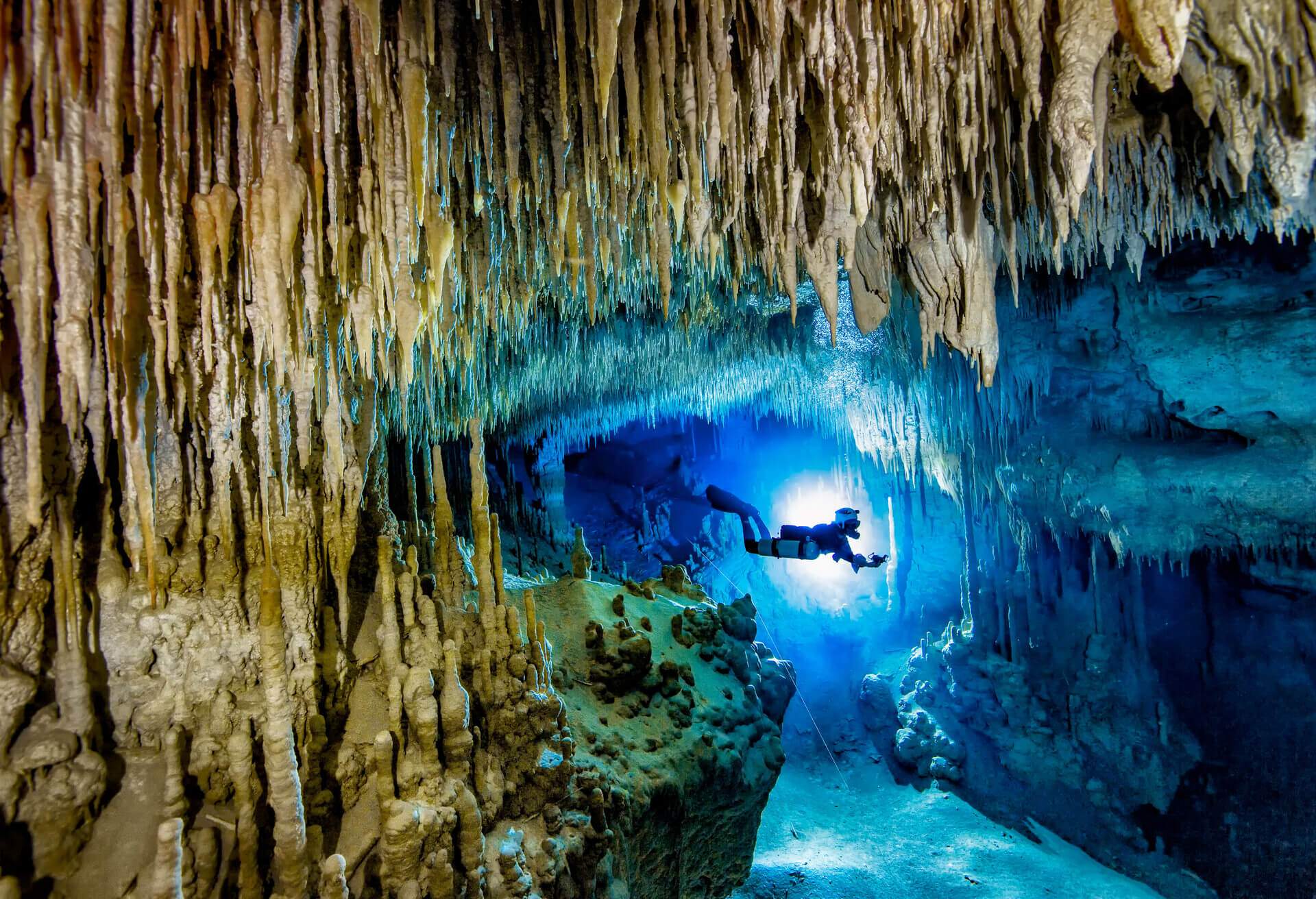One of the best places in Europe to go diving is in Italy, where you’ll find plenty of famous diving spots like Portofino marine reserve and Baia underwater archaeological park. These dives include an array of underwater wildlife such as octopus, groupers, barracudas, nudibranchs and moray eels, which can be seen throughout the year but most often between July and October.
Things to know before diving in Italy
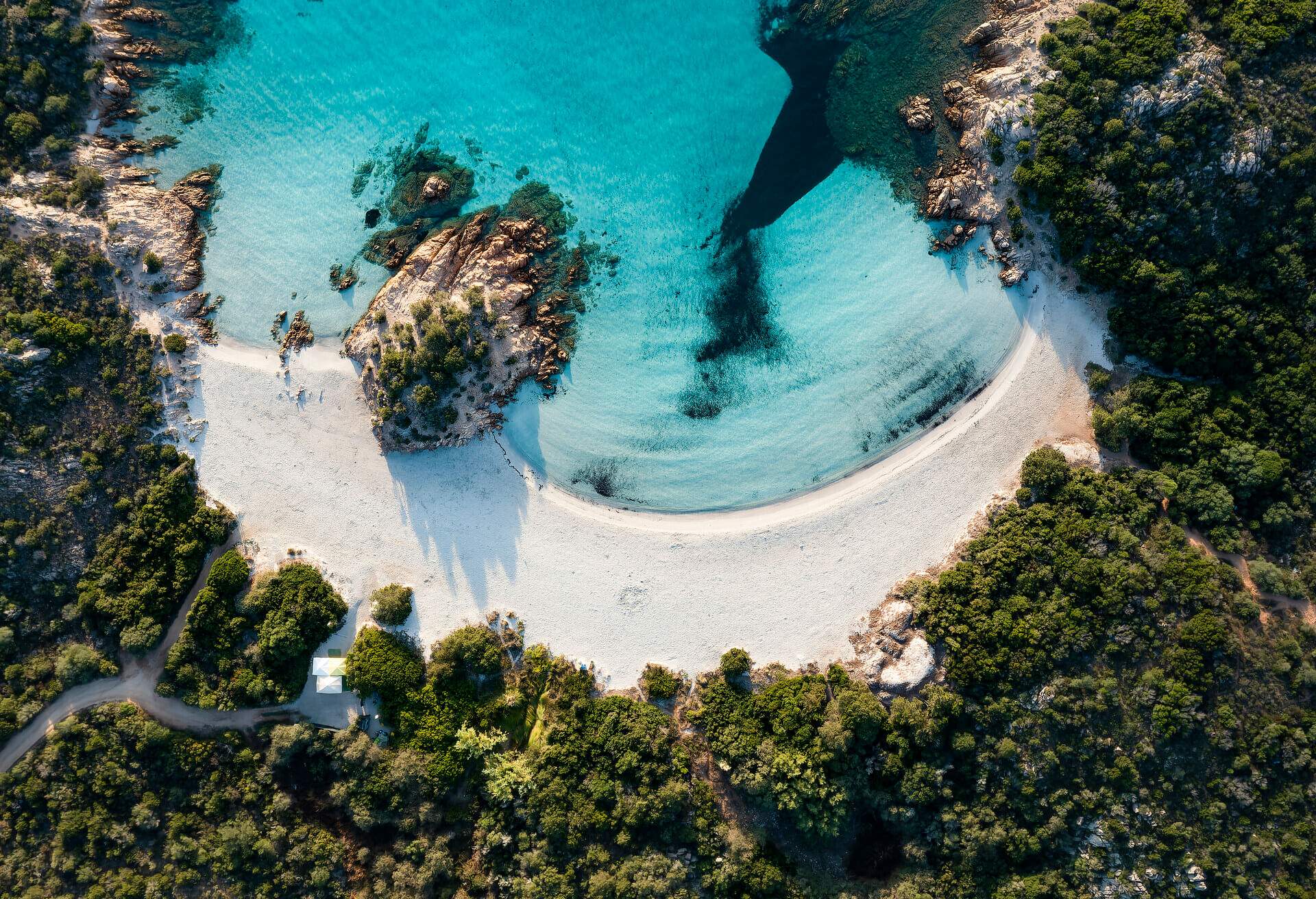
When diving in Italy, it’s important to do everything you can to protect yourself before getting in the water. Here are a few things to keep in mind to make sure you and your partners have the best possible experience.
Make sure you are certified to dive
The best places to dive in Italy require you to be certified by a licensed dive operator. Most of the dives in Italy are safe for all levels, but it’s important that you know what you’re doing and have been taught by a licensed professional.
Dive with a certified school
This is especially important if you aren’t an experienced diver. Make sure you do your research about the different diving schools in the area and make sure to book a dive with one that’s certified. If you don’t speak Italian, make sure you find dive instructors that speak your language. There are a variety of diving schools and instructors throughout Italy certified through PADI, a certified training academy and school.
Scuba diving insurance
Ensure that you’re covered both above and below the water and that your insurance specifically states scuba diving coverage. This won’t be double-checked with the schools when you go diving, so it’s important to make sure you are completely covered for anything that could go wrong.
Buddy check
If you don’t know your buddy, introduce yourself beforehand and get to know each other. You’re responsible for each other’s lives out there and familiarity will put you both at ease. Remember to check each other’s equipment before you get into the water, to make sure neither of you has missed anything.
Things to remember while diving
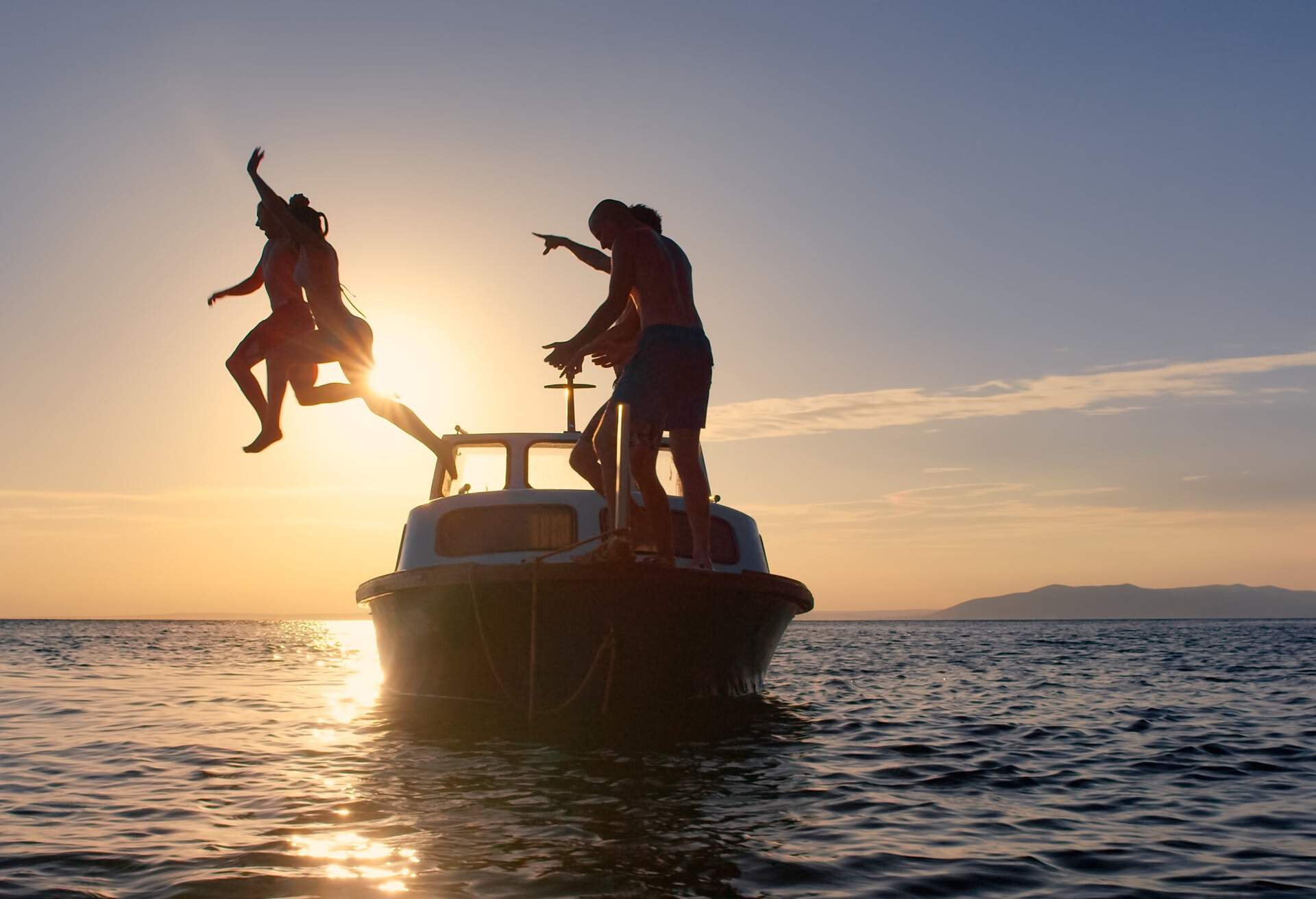
Once you’ve completed the pre-dive checks, there are a couple of things to remember while you’re in the water. If you’ve been diving for a while, these should be second nature by now, but if you’re a newbie to the art, you’ll want to keep these in mind while you’re diving.
Never hold your breath
As a first-timer, it’s important to remember not to hold your breath and to breathe normally throughout the dive, even if it seems strange to start with. Holding your breath can cause an air embolism, which is potentially fatal.
Equalise often
As you descend, remember to equalise often on the way down. You’ll want to do this frequently and before you feel any pain or discomfort. Regularly equalising will ensure you don’t suffer any injury to your inner ear.
Be aware of where your buddy is
Always be aware of where your buddy is, both for their safety and yours. Remember, you’re there to watch each other’s backs while you’re in the water and ensure you both return safely. Stay in the group and don’t wander off.
Keep your hands to yourself
Your diving instructor will likely tell you what you can and can’t touch, but it’s important to keep your hands to yourself and avoid touching anything. This is good practice for protecting the sea life around you, including coral reefs and underwater wildlife, as well as yourself. Many corals are sharp and could cause injury and other wildlife might bite or attack if they feel threatened.
Best time to go diving in Italy
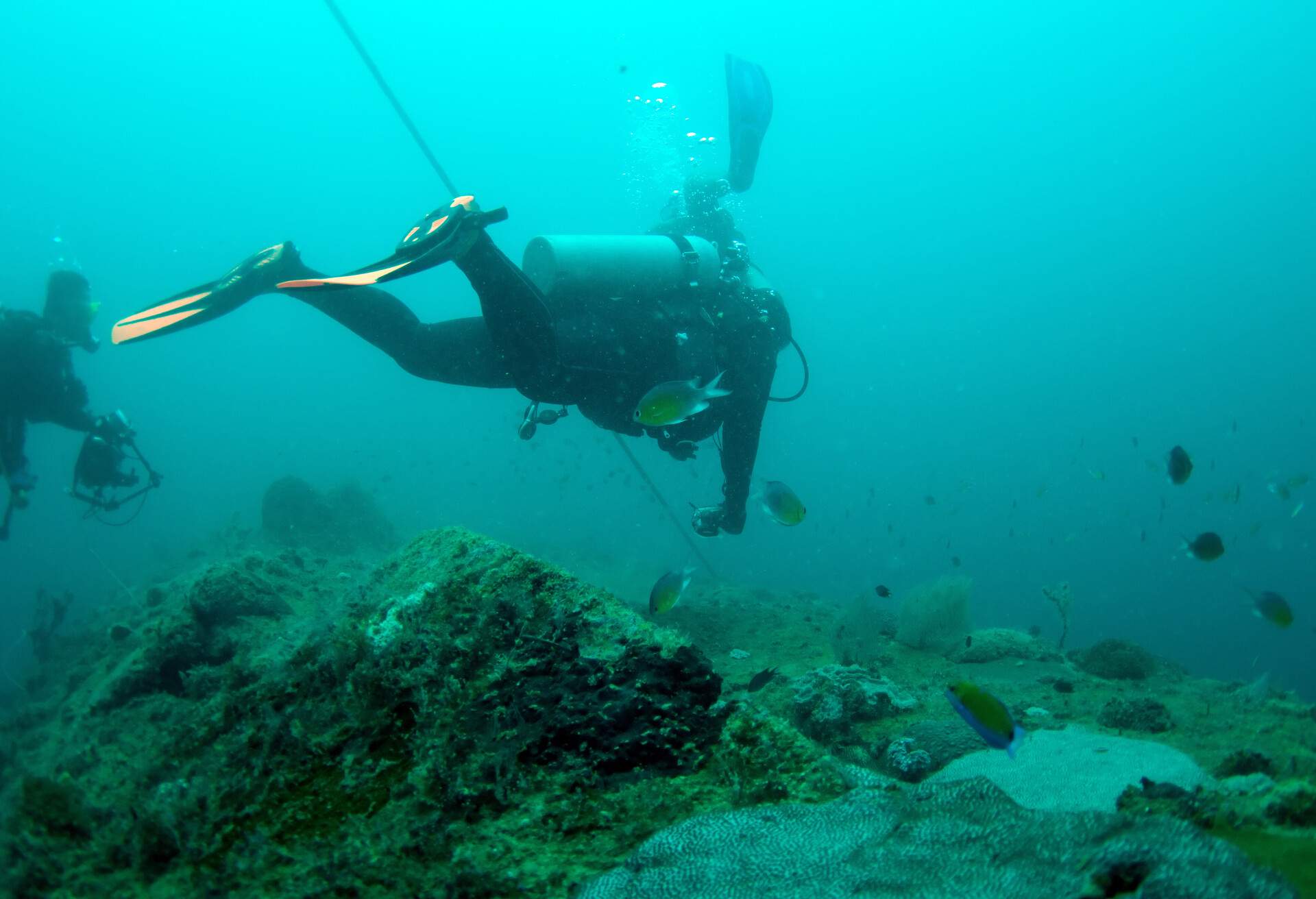
The most popular time of the year to go diving in Italy is from April to October. Summertime, between July and October, is when the water is the warmest and you’re more likely to see the most underwater wildlife, but it’s also when the dive sites are the most crowded. Arriving around the end of May and beginning of June is usually the best time to go diving in Italy. Summer officially starts around the end of June, so you’ll miss the big influx of people but the water will be warm enough and there will be plenty of wildlife to see, with fewer crowds.
Cost of diving in Italy
Although different diving schools will have different prices throughout the country, the cost of diving in Italy is typically very affordable. One of the most popular spots to dive is in Sicily, where you’ll find a range of PADI-certified courses that’ll cost as little as €40 per dive with all of the equipment included. Packages with more dives tend to be cheaper than packages with just one or two. For example, a package of 10 dives with all equipment included could cost just less than €350 while a two-dive package with equipment will cost closer to €80.
Best places for scuba diving in Italy
Sorrento
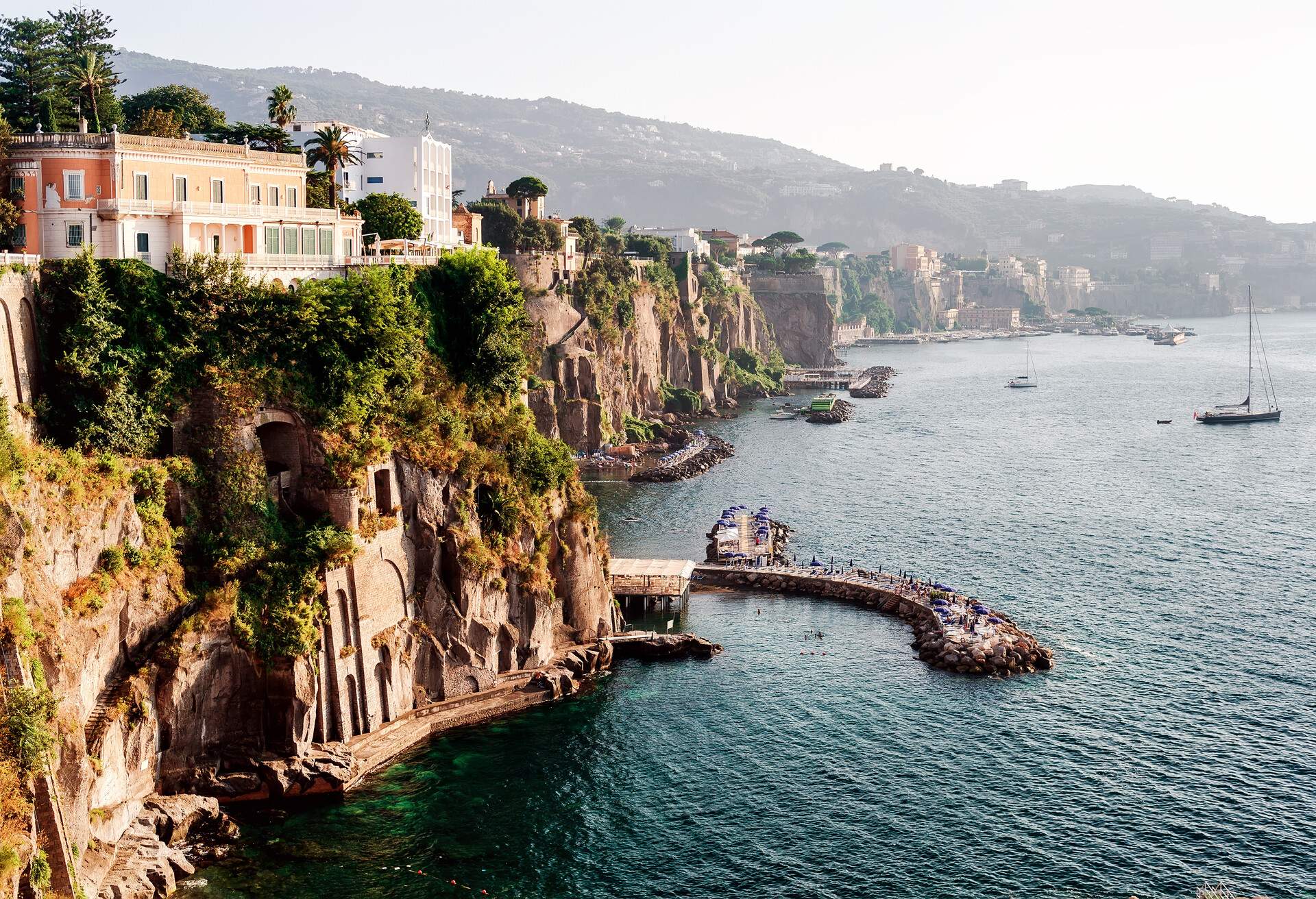
Sorrento can be found on the Amalfi Coast, along the west coast of Italy, and offers some of the most beautiful diving thrills in the country. You’ll have the opportunity to explore various caverns, caves and drop-offs in this protected marine territory. Sorrento offers some of the clearest waters between April and November. The minimum level of certification needed is a basic PADI course that allows you to dive to a depth of 12 metres.
Elba
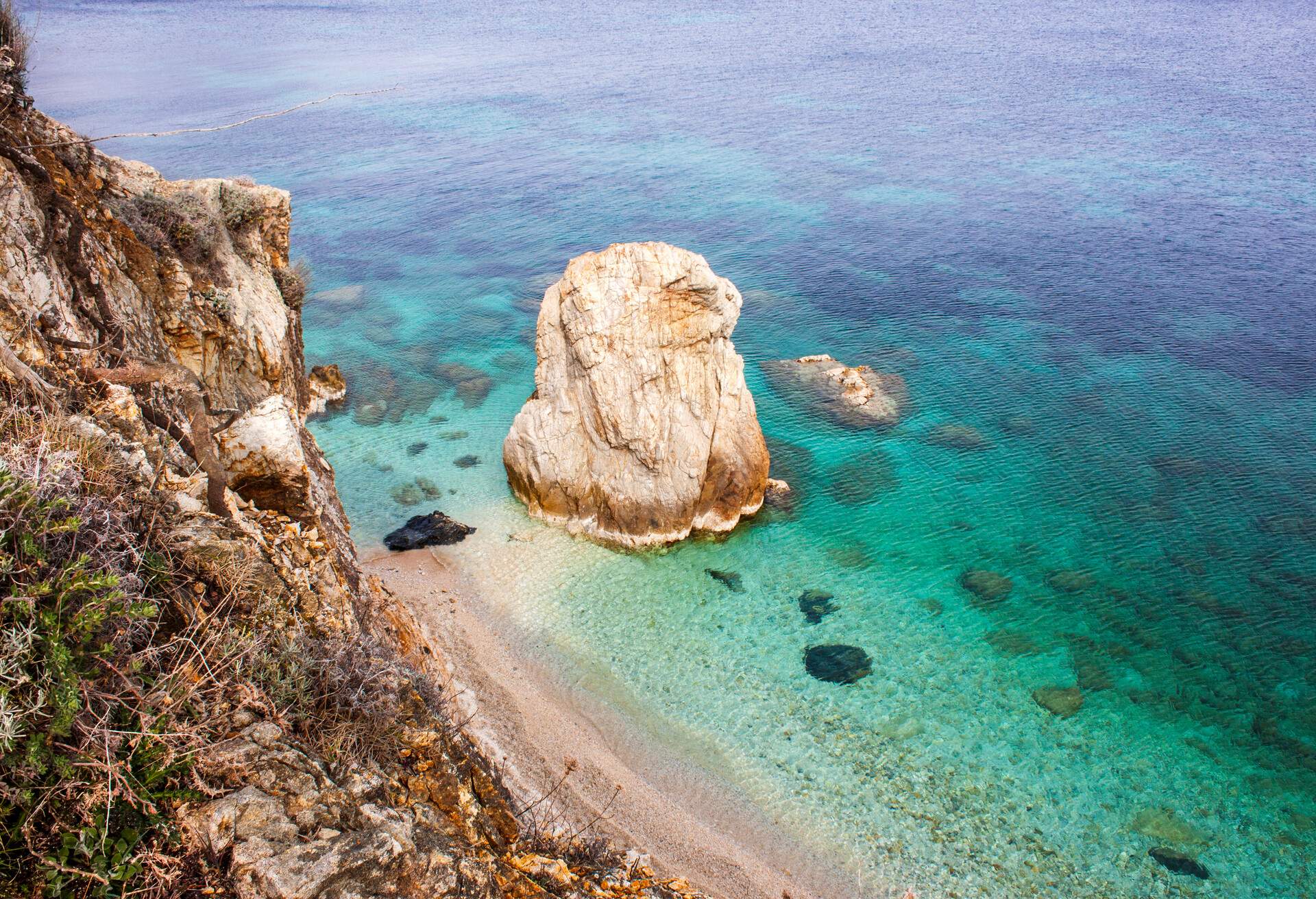
Elba is widely considered one of the most beautiful spots in the world to go diving, with vibrant red, white and yellow gorgonians sitting at around 20 metres, covering the seabed. Beyond 20 metres, you’ll come across a Posidonia meadow at around 25 metres and then a drop to roughly 30/40 metres from there. Under the water, there is a cave passageway where you’ll find a plethora of underwater creatures, including lobster, scorpion fish, amberjack and barracuda. This spot is a year-round attraction and usually has fewer divers between April and June.
To dive deeper than 12 metres, you’ll need to have an open water diver certificate. If you want to go as far down as 40 metres, you’ll need a deep diver certification from a registered school.
Sardinia
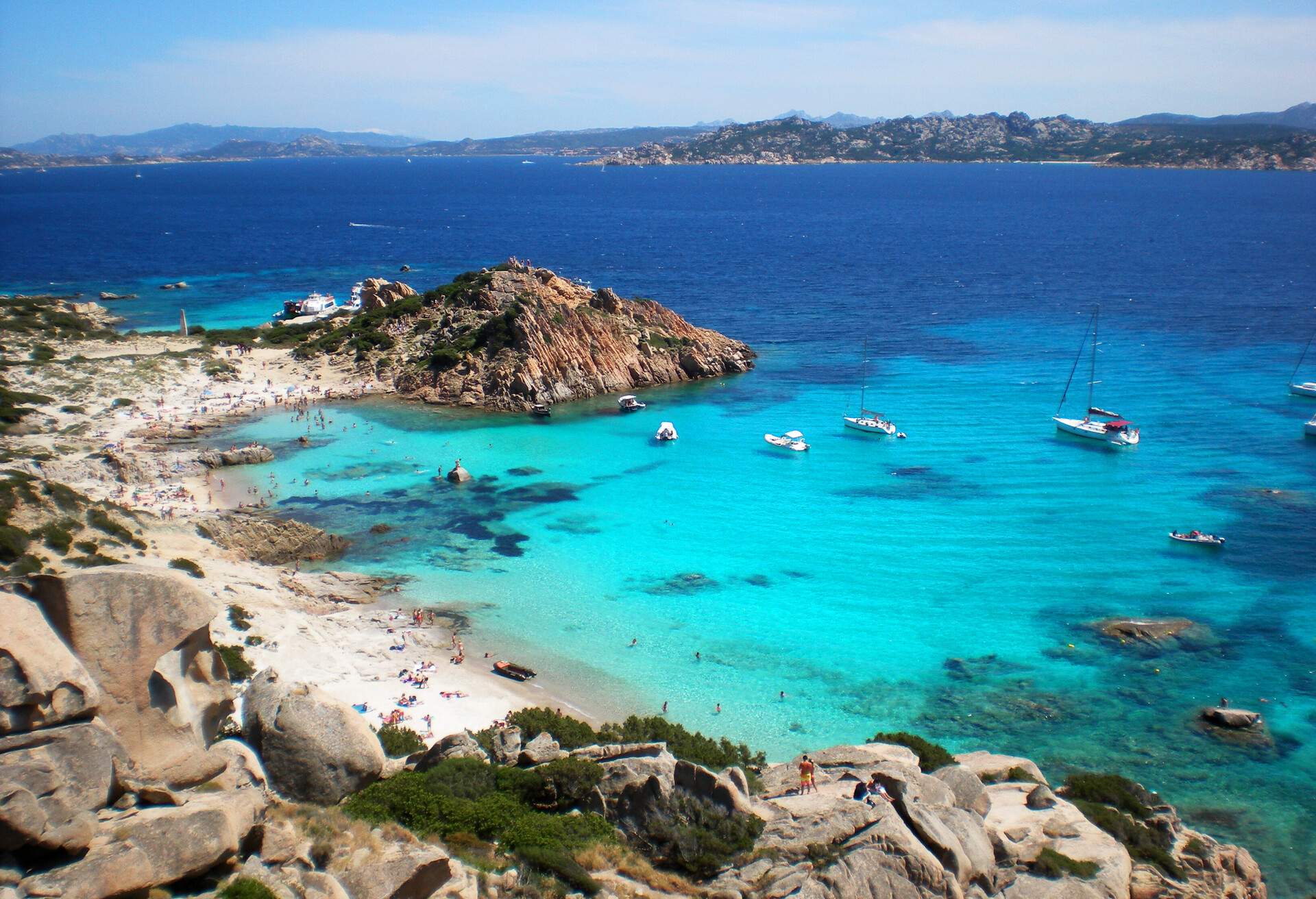
Sardinia is the second biggest island in Italy and is located between Tunisia and Corsica, in the Mediterranean Sea. The popularity of Sardinia as a diving spot is largely thanks to its pristine beaches and beach life, as well as the visibility in the water. It’s one of the most sought-after diving spots in Italy, with an array of choices including the Orosei Gulf, Capo Testa, Capo Carbonara and Sant’Antioco. The minimum requirement to open water dive in these areas is a PADI basic course, though you may want an advanced open water certificate to fully enjoy what Sardinia has to offer.
Lake Garda
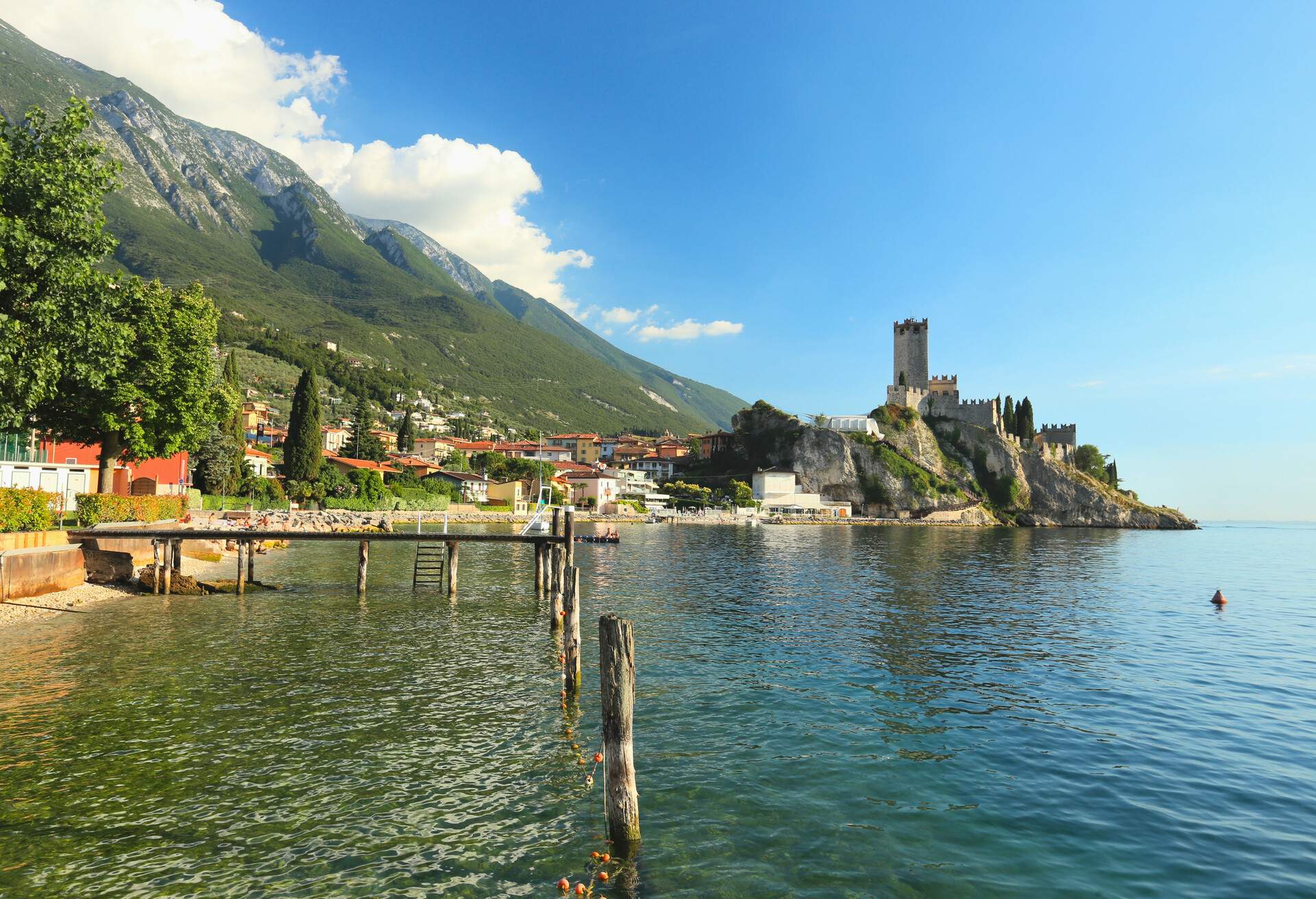
Lake Garda is conveniently located between Milan and Venice and offers some of the most incredible freshwater diving in Italy. Located on the northern end of the lake, you’ll find II Cristo di Riva del Garda. It attracts divers from all over the world, with a maximum depth of around 35 metres and 10 metres of visibility. You’ll need at least a basic PADI course, and you can expect to see a variety of fish and underwater creatures like pike, trout, burbot and a range of eels.
Baia
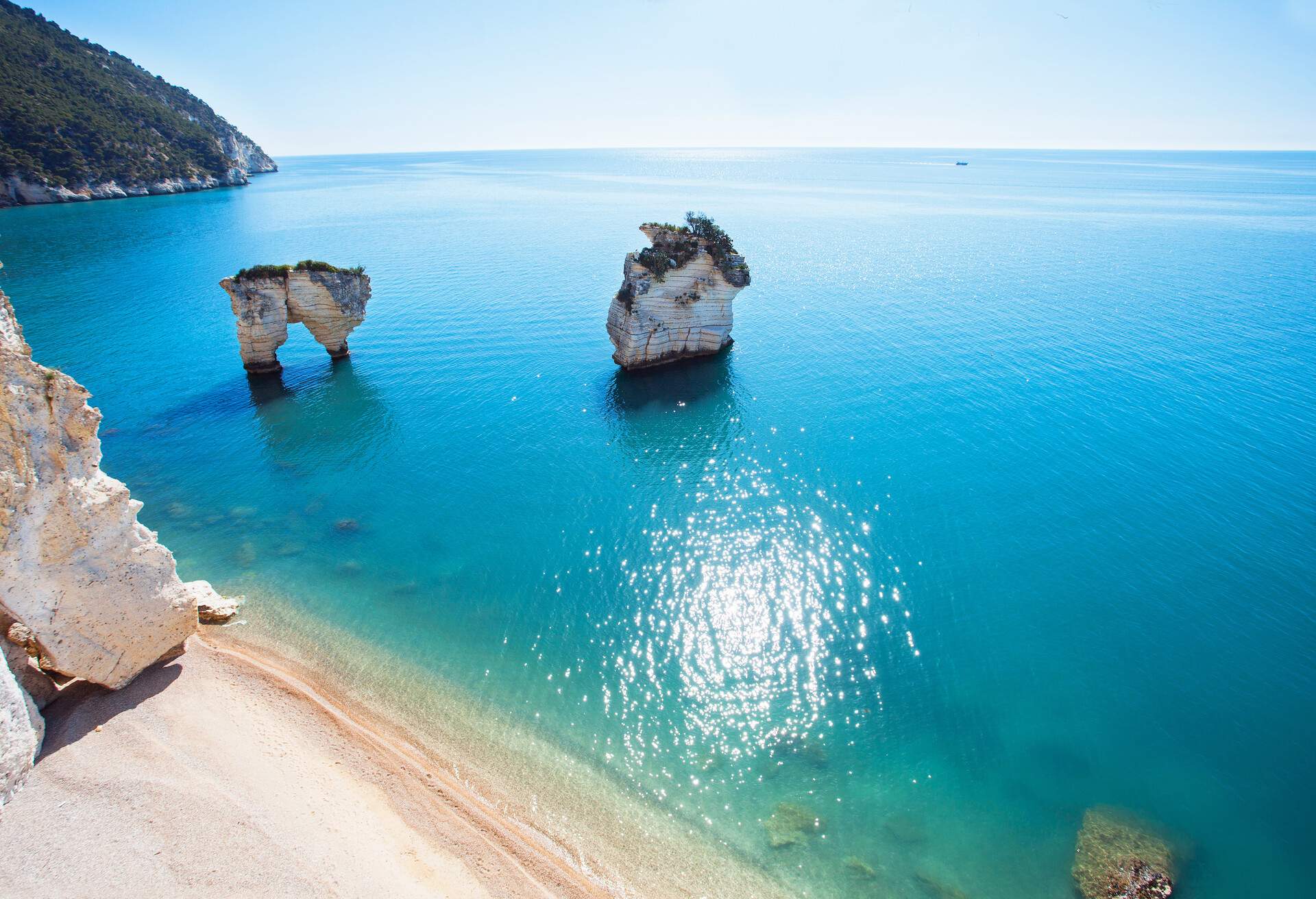
Lying in a bay close to Naples, just south of Rome, is one of the most historic sites to be found in Italy. The sunken city of Baia is a flooded city and protected park that’s most sought-after because of its historical significance. You won’t be diving here to check out the coral formations and the reefs but rather to explore the underwater statues and buildings that have remained largely intact. You’ll see villas belonging to emperors, mosaic floors, rising columns and an expansive underwater city that once stood above ground and housed some of the most prominent historical figures. You must have completed a basic diving course and be certified to dive at least 18 metres.
Portofino
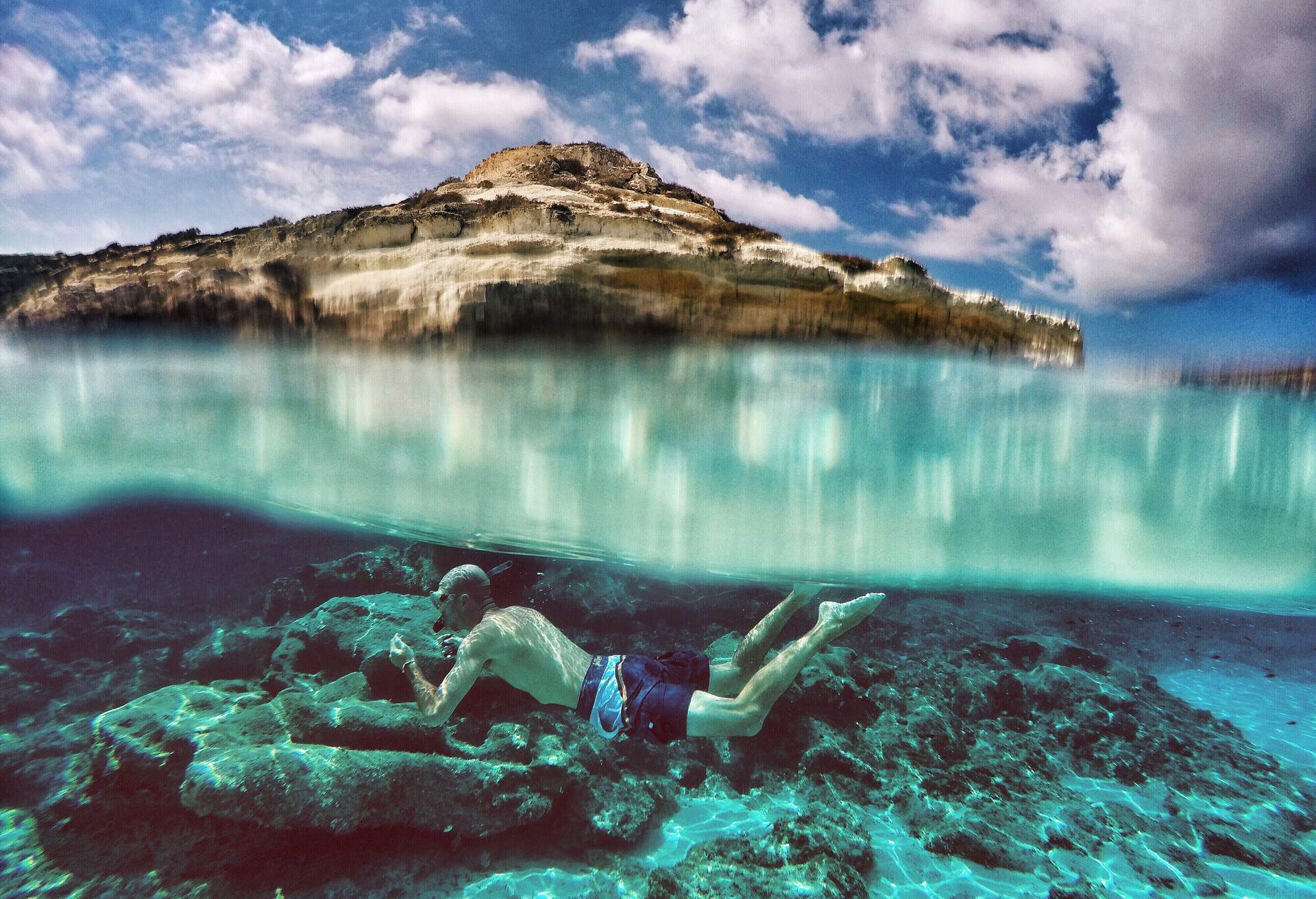
Portofino is possibly the most popular place to go diving in Italy and certainly a drawcard for many divers heading to this part of the world. Located along the Mediterranean coast in the Ligurian Sea, Portofino is the heart of scuba diving in the area. It’s considered one of the most biodiverse underwater environments in the Mediterranean, thanks to its wide range of fish, coral species and marine life. Almost all of the dive sites located in Portofino are suitable for divers of all skill levels. You’ll need a minimum of a basic course to dive here, and you’ll find a range of additional courses offered by various schools in the area. You can explore the reef, the marine life, as well as one of over 15 sinkings that lie off the coast of Portofino.
Excited for your next adventure? Our friends at Where to Go, produced by the team behind the award-winning DK Eyewitness travel guides, are here to help!
Each fortnight, hosts James and Lucy talk to local experts about the destination they have chosen to call their home, exploring their personal connection to the place, what makes it so special and the best things to see and do.
Listen to the podcast below for more inspiration and tips from Italy:
